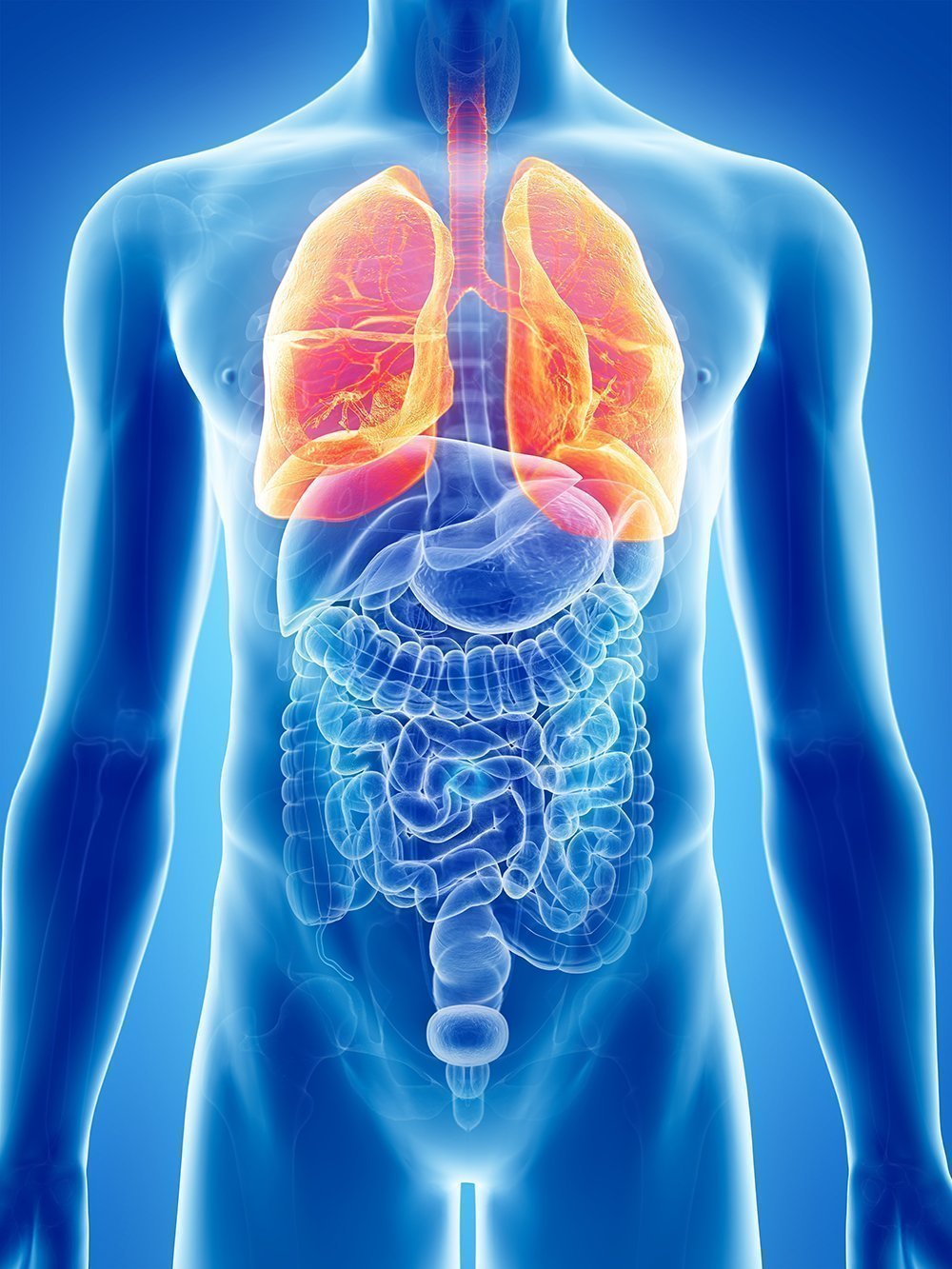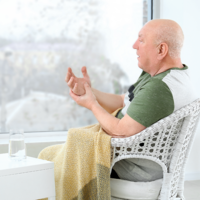Thoracic
Thoracic surgery refers to surgical interventions on the heart, trachea, lungs, esophagus and chest wall (rib cage and breastbone). These complex surgical procedures are widely available to the world, with lung cancer surgeries, heart transplants, and anti-reflux surgeries saving and improve the quality of lives around the world.
Lung Cancer


Understanding the problem:
Lung cancer refers to cancerous cell growth that originates from the lungs. These are the organs that pump oxygen into the chest and release carbon dioxide from your respiratory system. Lung cancer is extremely common and is responsible for more mortalities than any other cancer in the world. Research suggests that the primary cause of this disease is due to smoking, however lung cancer can also occur in people who have never smoked before in their lives.
Signs & Symptoms:
- A new cough that doesn't go away
- Coughing up blood
- Headaches
- Losing weight without trying
- Shortness of breath
- Chest pains
- Hoarseness
- Bone pains
Examinations Required:
- Chest X-ray - Tumors appear as white/grey masses
- CT scan - provide more detailed images of the tumor
- PET-CT scan - shows the location of active cancer cells
- Bronchoscopy - tiny camera that passes through the mouth to view the airways
- Biopsy - removal of a small sample of cells
If any of these tests suggest a Lung Cancer, and treatment doesn’t subside the symptoms, Minimally Invasive Robotic Surgery may be advised.
Mediastinal Tumor


Understanding the problem:
The mediastinum comprises of the heart, esophagus, thymus, lymph nodes, trachea and nerves, and is located between the lungs, behind the breastbone and in front of the spine. Mediastinal tumors therefore refer to a cellular growth in the mediastinum. These types of tumors are rare and are generally seen in patients aged 30 to 50 years
old. Even though mediastinal tumors are not cancerous, due to their location, they can cause serious problems if left untreated, including spreading to the heart or even compressing the spinal cord.
Signs & Symptoms — Symptoms aren’t evident but generally include:
- Coughing up blood
- Hoarseness
- Swollen or tender lymph nodes
- Wheezing / Noisy breathing - indicating a blockage
- Unexplained weight loss
- Cough
- Shortness of breath
- Drooping eyelid on one side of the face
- Flushing
- Fever / Chills / Night sweats
Examinations Required:
- Blood tests
- Biopsy
- Chest X-ray
- Esophagoscopy
- Bronchoscopy
- Ultrasound
- MRI / CT Scan with an IV contrast agent
If any of these tests suggest a Mediastinal Tumor, and treatment doesn’t subside the symptoms, Minimally Invasive Robotic Surgery may be advised.
Myasthenia Gravis


Understanding the problem:
Myasthenia gravis is a lifelong neuromuscular autoimmune disease, affecting the neuromuscular junction (communication between nerves and muscles). Patients suffering from MG tend to experience muscle weakness and lose the ability to control muscles due to fatigue. This includes not being able to move facial muscles, neck muscles and whole limbs. Generally, there are two types of MG, Ocular and Generalized, both of which can be debilitating for a patient’s life.
Signs & Symptoms:
- Muscle weakness
- Double vision
- Drooping eyelids
- Difficulty moving the neck and holding up the head
- Trouble speaking, chewing and swallowing
- Difficulty walking, standing up from a seated position and climbing stairs
Examinations Required:
- Physical exam
- Ice pack test - placing ice packs on the eyelids to see if the drooping improves, indicating MG
- Antibody tests
- MRI / CT Scan - check for thymus gland issues
- Electromyogram (EMG) - detect communication problems of the nerves and muscles
If any of these tests suggest a Myasthenia Gravis, and treatment doesn’t subside the symptoms, Minimally Invasive Robotic Surgery may be advised.
AIMIS Robotics and the daVinci Xi
AIMIS Robotics and the daVinci Xi
At the American Institute of Minimally Invasive Robotic Surgery - AIMIS Robotics, you can expect the golden standard for Thoracic Procedures such as:
- Lobectomy
- Sternotomy
- V.A.T.S. - Video-Assisted Thoracoscopic Surgery
- Thymectomy
- Pneumonectomy
- Thoracotomy
- and many more…
Our Surgical Robot the “daVinci Xi” provides state-of-the-art robotic technology, allowing the surgeon’s hand movements to be scaled, filtered and translated into precise movements for the overall benefit of the patient. The daVinci Xi System also provides superior 3D imaging, for improved surgical visual definition and clarity.

Our surgeons at AIMIS Robotics are amongst the leading International experts in the field of Thoracic Surgery, offering innovative, multifaceted thoracic interventions. Their extensive knowledge in Minimally Invasive Surgery guarantees excellence in their surgical outcomes, whilst minimizing postoperative complications associated with traditional “open” surgeries.

At AIMIS Robotics, our goal is to provide an individualized and compassionate medical experience in a comfortable environment via our extensive surgical expertise, cutting edge surgical technologies, highly trained staff and luxurious facilities. You will be appointed a member of the AIMIS Robotics team to be your personal “guardian angel”, to guide you throughout the process. Flights, accommodation, transportation, hospital procedures, paperwork, headaches, headaches, headaches… We are here to take care of it all for you, so you can focus on your health and recovery.
daVinci Xi Benefits – Thoracic Procedures:
- Shorter operation
- Less blood loss
- Less pain
- Minimal scarring
- Lower risk of post-op complications
- Shorter hospital stay

Get a Second Opinion!
No commitment! No cost! Just upload your MRI/CT Scan and let our world class surgeons give you a second opinion.
The American Institute of Minimally Invasive Robotics Surgery
The American Institute of Minimally Invasive
Robotics Surgery
Get In Touch With Us
Certifications – Accreditations:
Certifications – Accreditations

Quality
Management
Information
Security
Health
& Safety








